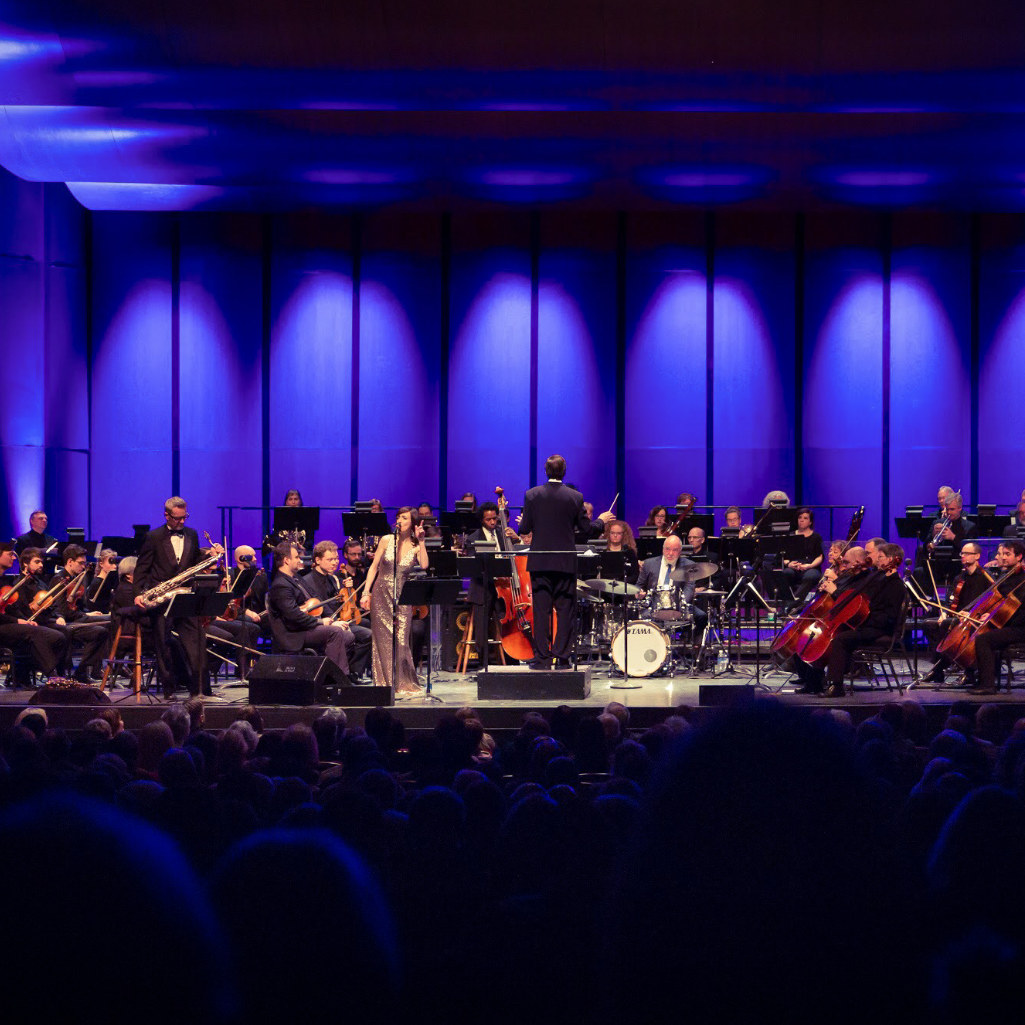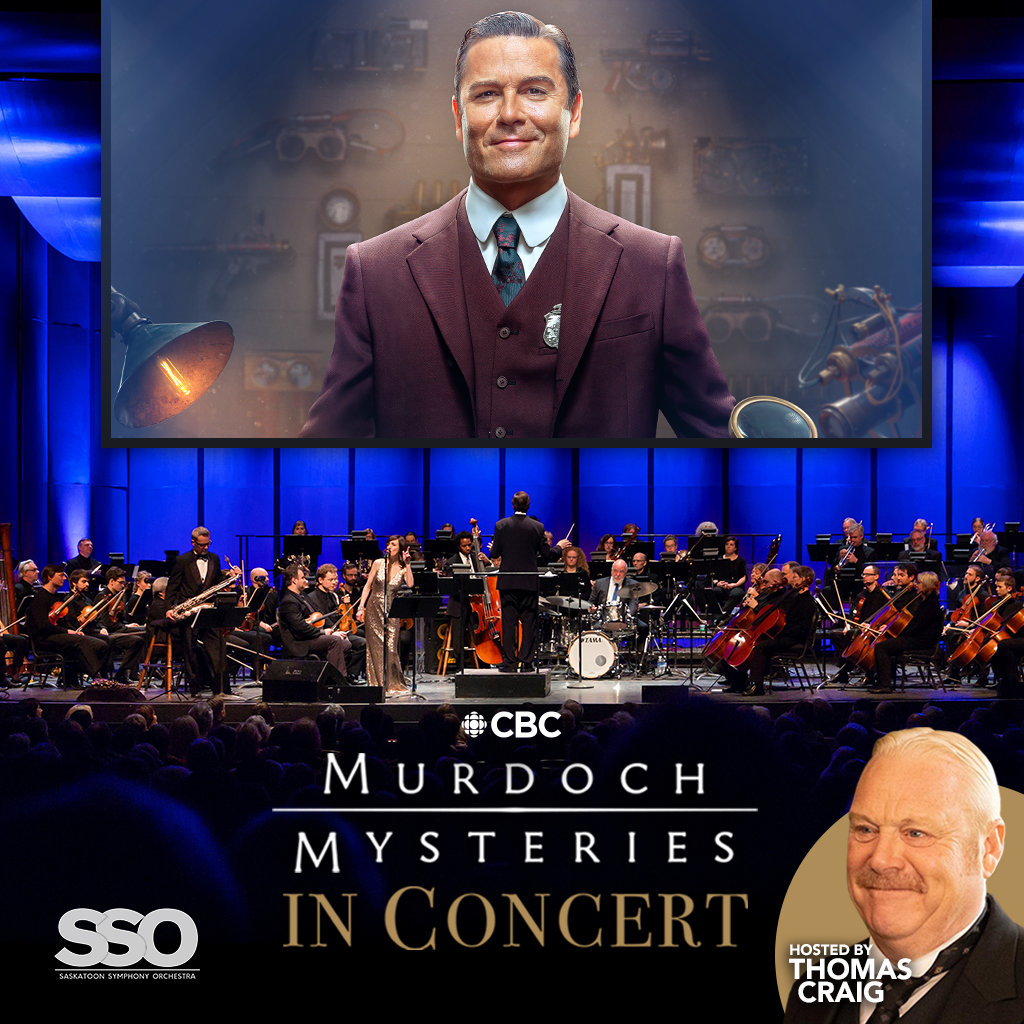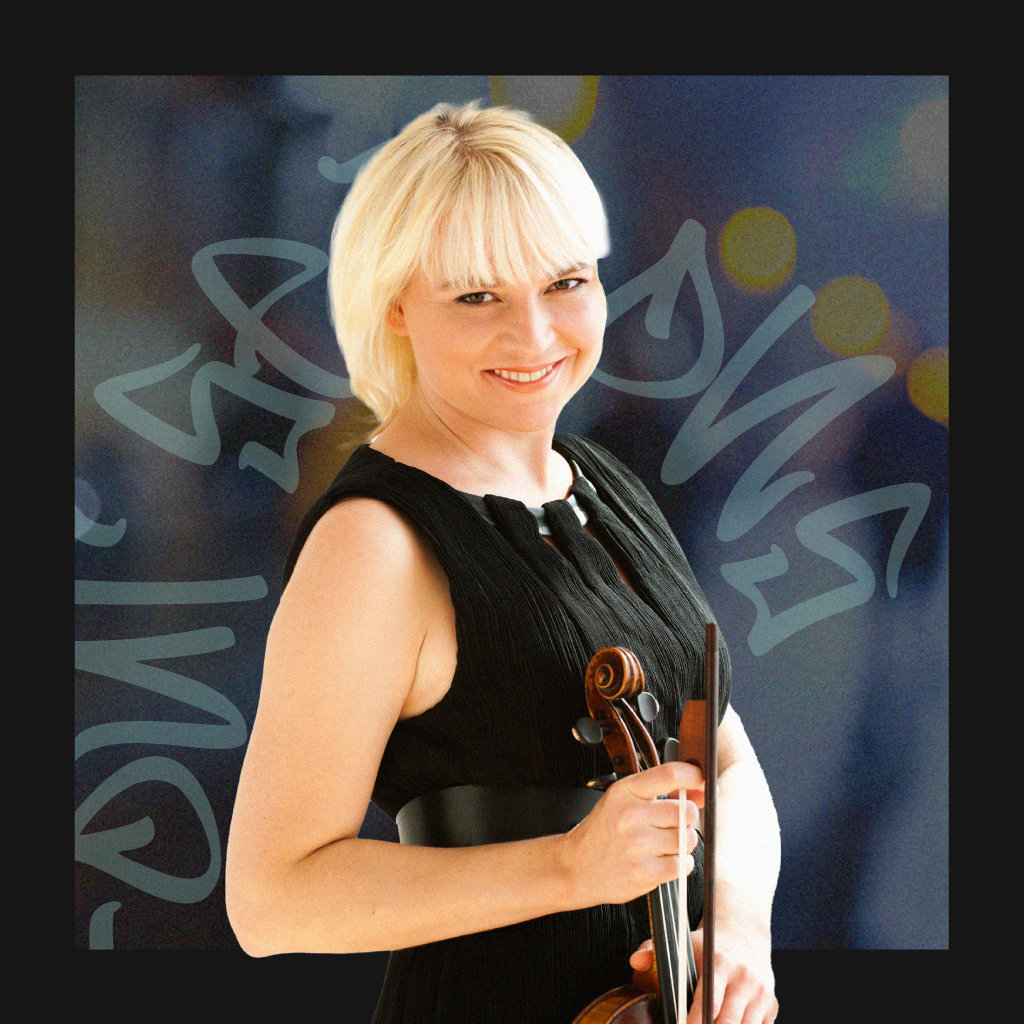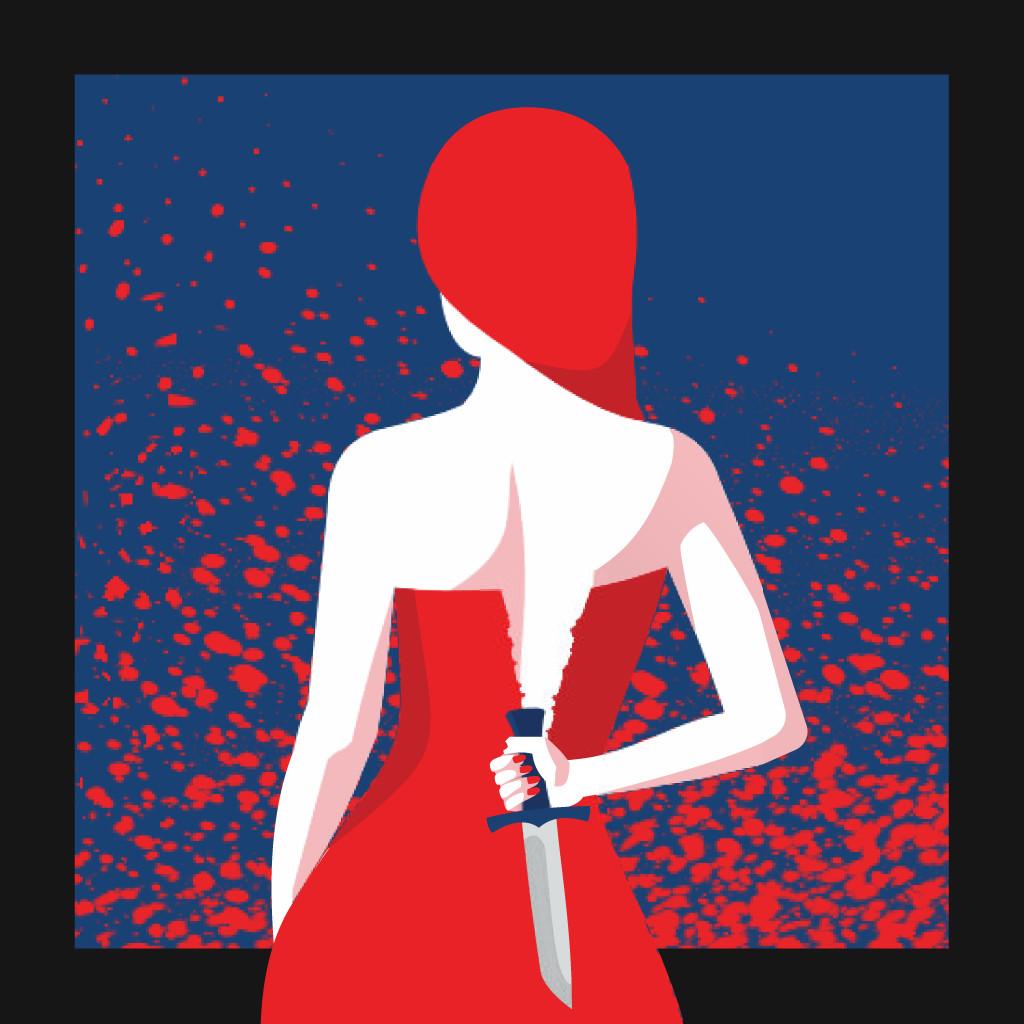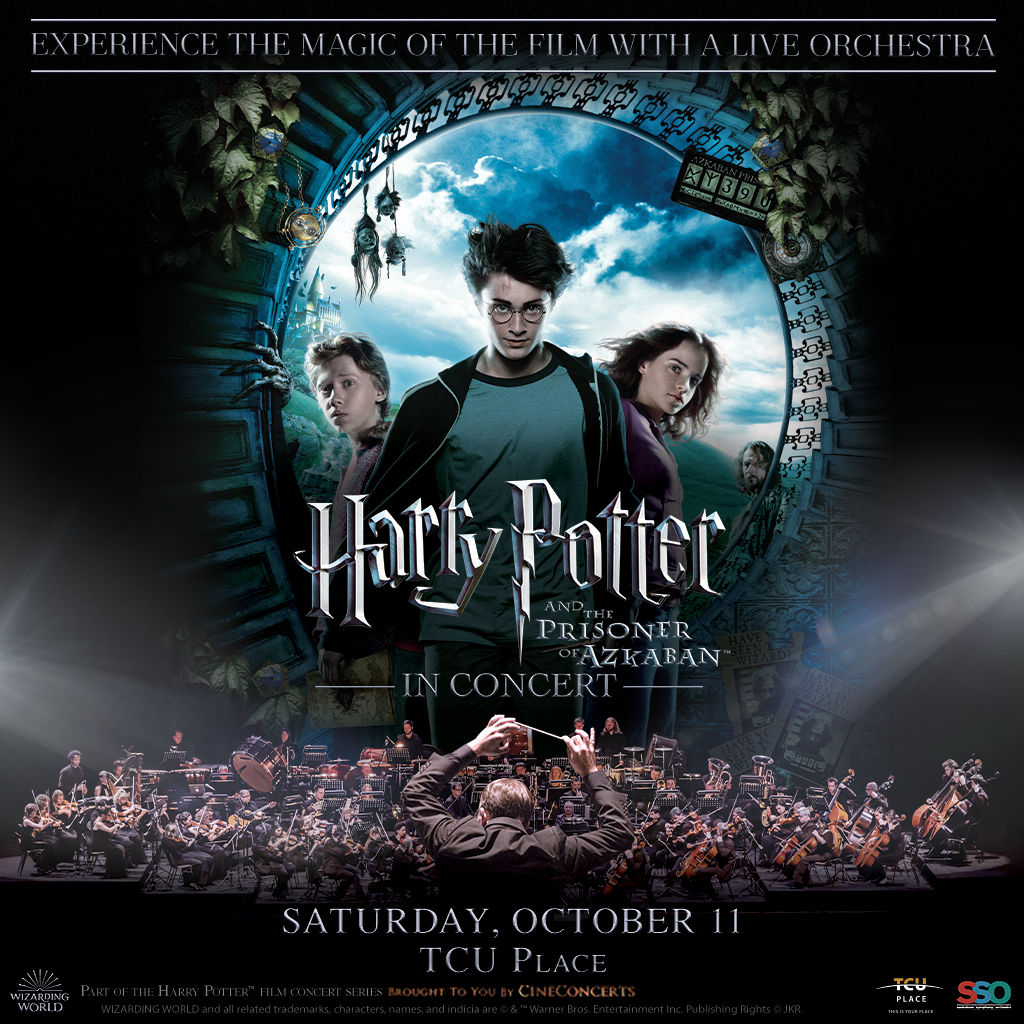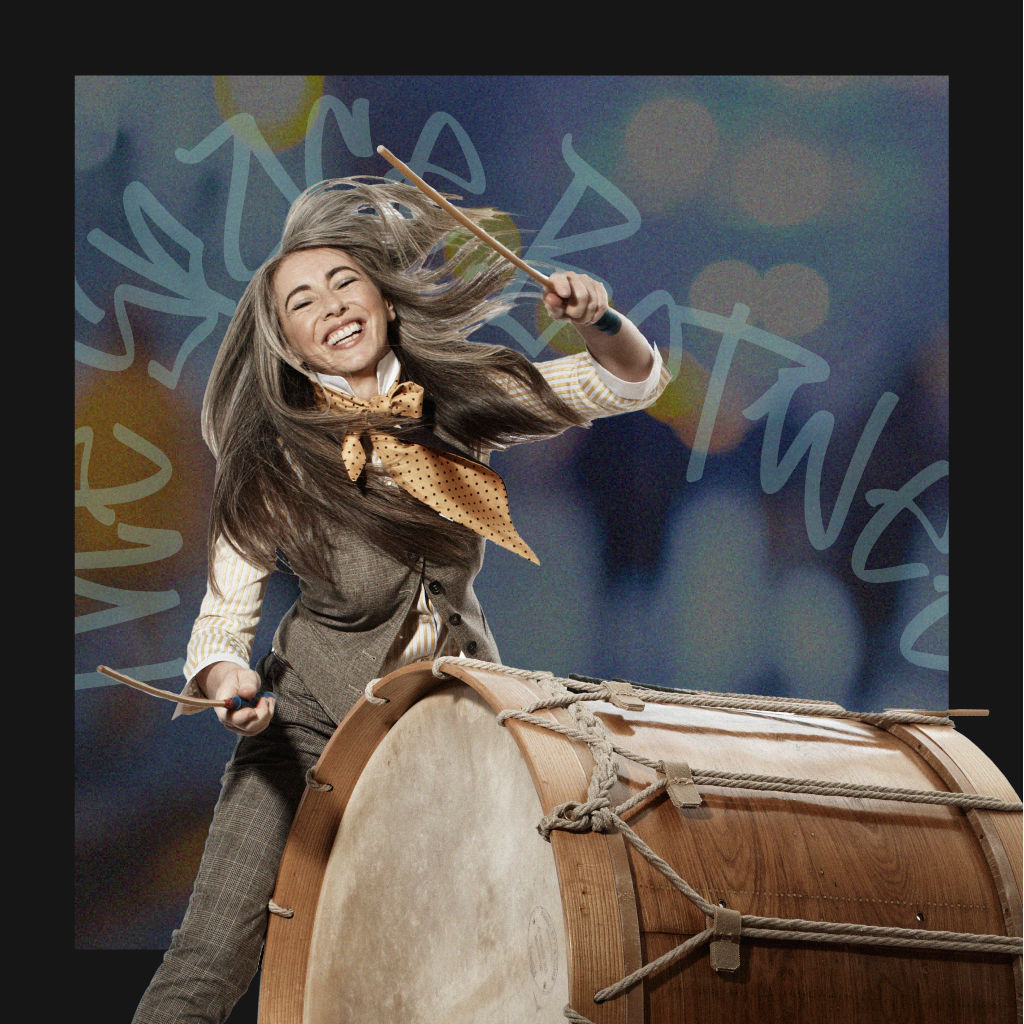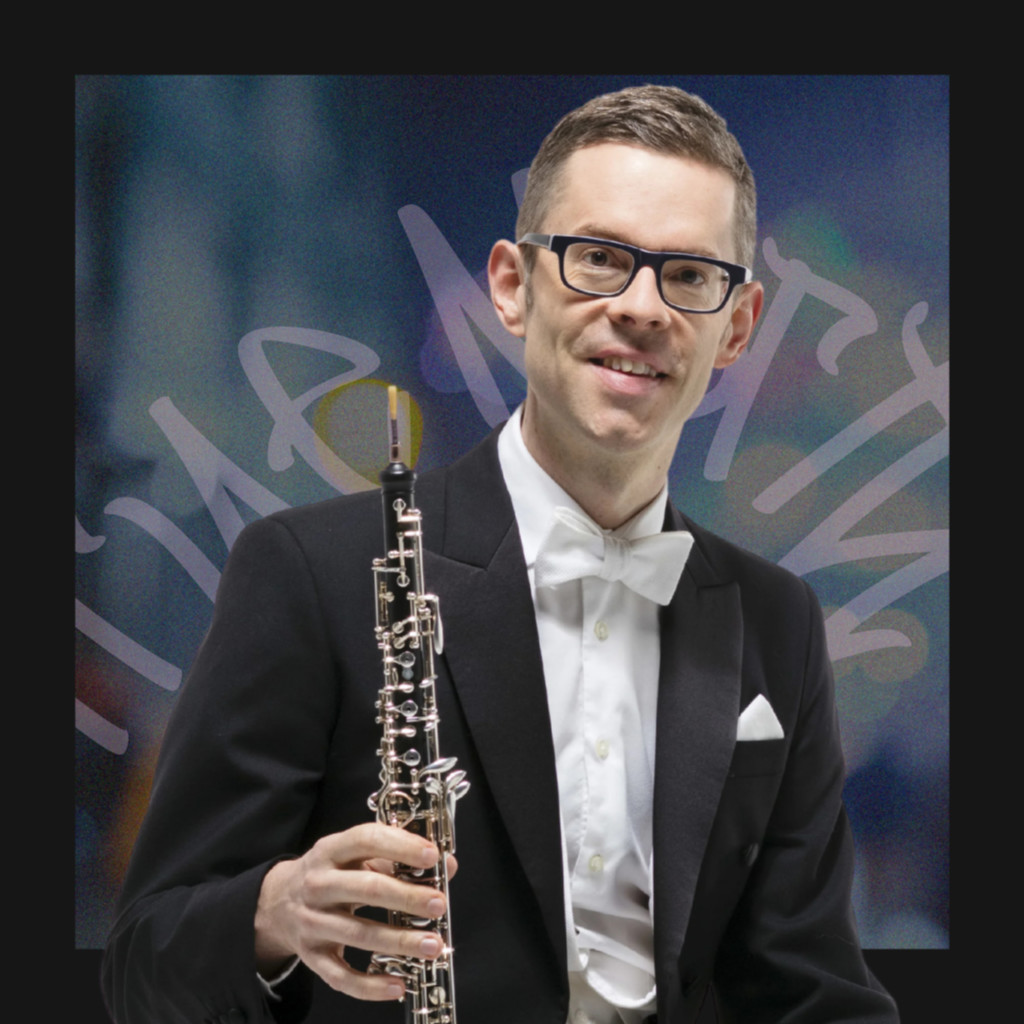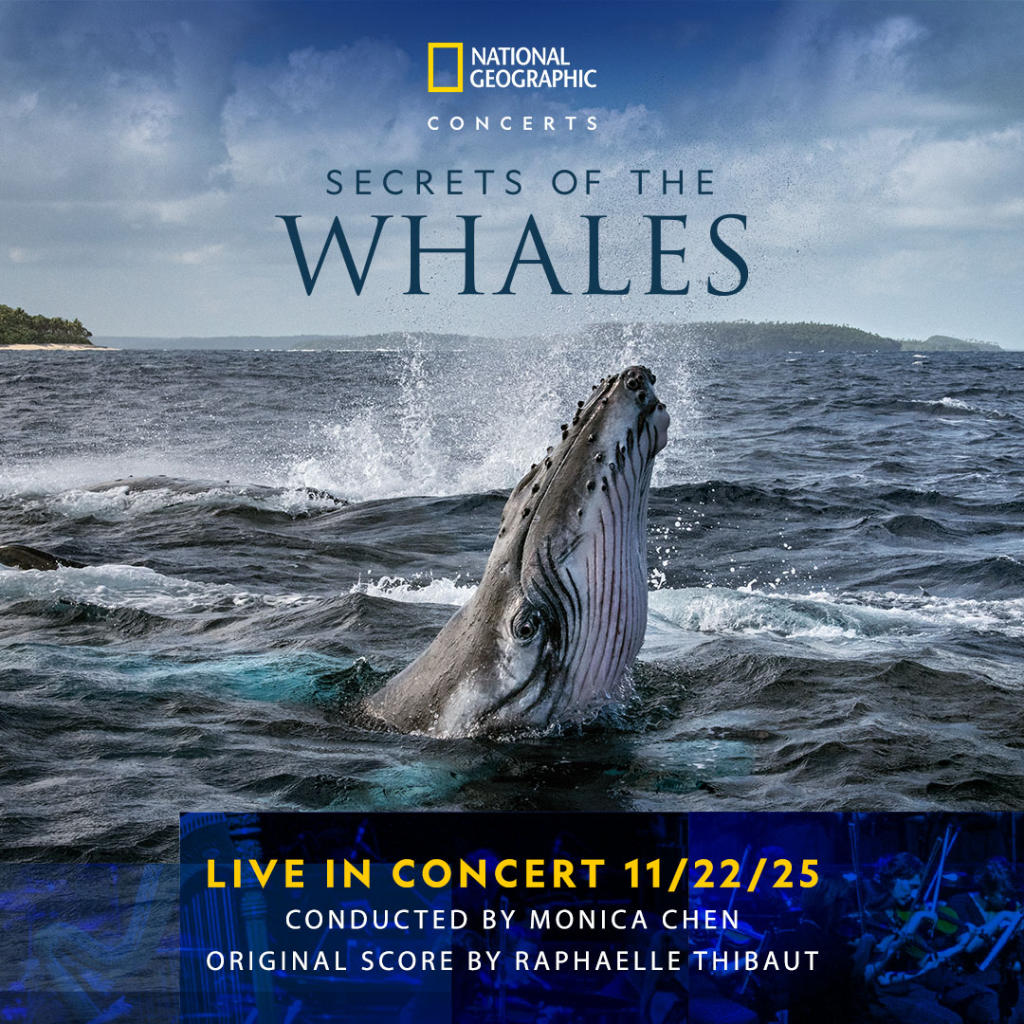William Rowson, conductor
Carissa Klopoushak, violin
Ryan Cole, trumpet
Saskatoon Youth Orchestra, conductor Richard Carnegie
A celebration of the lasting effect that music has had on the youth of Saskatoon.
Conductor William Rowson returns home to lead the SSO and the Saskatoon Youth Orchestra with some of Dvorak’s Slavonic Dances – a perfect way to start off this exciting concert.
Violinist Carissa Klopoushak returns to the SSO stage to perform Canadian Vivian Fung’s Violin Concerto No. 1. The piece is an aural exploration of sound and a perfect artistic fit for Carissa!
Trumpeter Ryan Cole makes his SSO debut with a concerto written just for him. Though he premiered this work with the Victoria Symphony Orchestra (that he now calls home), we can’t wait for Ryan to have this special homecoming.
The evening is capped off by a performance of Schubert’s Unfinished Symphony.
[tabs style=”default”]
[tab title=”Program”]
Slavonic Dances – Antonin Dvorak
selections – 10 mins
Violin Concerto No 1 – Vivian Fung*
20 mins
Concerto for Trumpet and Orchestra – Marcus Goddard*
15 mins
Symphony No 8, “Unfinished” – Franz Schubert
23 mins
*denotes Canadian composer
[/tab]
[tab title=”Guest Artists”]
Carissa Klopoushak has made a name for herself as a curious, creative, and versatile violinist. A charismatic and engaging performer, Carissa’s playing has been described as the complete package of sensitive musicianship and effortless technique. Based in Ottawa, Carissa is a proud member of Canada’s National Arts Centre Orchestra and the Ironwood Quartet. A laureate of the 2018 Canada Council for the Arts Instrument Bank Competition, Carissa performs on the 1851 Jean Baptiste Vuillaume violin (Maggini model). Her debut recording with Philip Chiu, SOUNDWORLDS, was released in November 2016.
Carissa considers all of Canada to be her home. She has toured the country extensively, performing recitals for Debut Atlantic and as the winner of the 2009 Eckhardt-Grammatté National Music Competition with Canadian pianist Philip Chiu. A passionate collaborator, Carissa has been featured at Ottawa Chamberfest, Montreal Chamber Music Festival, Toronto Summer Music, Music & Beyond, Bravo! Niagara, and Music by the Sea. She spent much of 2014 performing with the Australian Chamber Orchestra, whom she joined for a series of tours and recordings, including a residency at The Banff Centre.
Carissa grew up in the beautiful prairie city of Saskatoon, Saskatchewan. Still active in the prairie music scene today, Carissa is an Artistic Director of the Ritornello Chamber Music Festival, an annual event that aims to provide Saskatchewan audiences the opportunity to hear innovative concerts performed by young, engaging Canadian musicians who are currently pursuing professional careers across the country and around the globe.
Carissa is the lead singer and violinist in the Ukrainian band Тут і Там (pronounced Toot ee Tahm). Established in 2003, the band has released four albums, performed at every major Ukrainian festival across Canada, in Sydney, Australia, and recently toured Ukraine, playing major festivals and small pubs.
Carissa holds a doctorate in violin performance from McGill University. Her dissertation focuses on the little-known violin repertoire by Ukrainian composers. When not performing, rehearsing, or traveling, Carissa can be found expanding her love of coffee in some little café, somewhere…
Ryan Cole is celebrated as one of Canada’s fastest rising young orchestral players. A native of Saskatoon, Saskatchewan, Ryan is in his fourth year as Principal Trumpet of the Victoria Symphony. Before moving out west, Ryan held the assistant principal chair in the Regina Symphony and frequently appeared as a member of the Orchestre Symphonique de Montreal trumpet section. Recognized on the national and international level, notable solo performances include appearing as guest soloist with Orchestre Symphonique de Montreal, performing for former U.S. President Bill Clinton, and competing in the prestigious OSM competition. Favourite chamber engagements include recording new brass quintet music for Editions BIM publishing and appearing at the International Trumpet Guild festival with the Saskatchewan Trumpet Ensemble.
Ryan completed his Bachelor of Music and Bachelor of Music Education with distinction at the University of Saskatchewan in 2009. During his undergraduate degree, Ryan became a Laureate of the National Music Festival of Canada and toured the country with the National Youth Orchestra. He also credits his upbringing in Saskatchewan for his love of wind band music. Ryan also appeared as principle trumpet at the World Association of Symphonic Bands conference in Killarny, Ireland, and is a staunch supporter of keeping band and orchestra programs in schools.
After undergrad, Ryan went on to receive his Master of Music degree in orchestral trumpet performance under Paul Merkelo at McGill University on a full-scholarship thanks to the prestigious Provost fellowship and McGill Schulich scholarship. In 2010, Ryan was selected as a full-scholarship member of the Music Academy of the West orchestral and solo training program in Santa Barbara, California. During his time in Montreal, Ryan frequently appeared and recorded with the Montreal Symphony under the baton of Kent Nagano. He has had the opportunity to play under many more of today’s top conductors, notably, Leonard Slatkin, Larry Rachleff, and Nicholas McGegan.
Conductor William Rowson is proving to be one Canada’s most authentic and exciting emerging talents. Currently in his third season as the assistant conductor of the Vancouver Symphony Orchestra, he has led the orchestra in over 100 performances ranging from the ever popular Tea and Trumpets series to the VSO’s Annex new music series. He has conducted pops performances with artists Jann Arden, Chris Botti, Chris Hadfield and the Hot Sardines. Through his work with the VSO’s education department he has performed for over 70,000 elementary school students. In addition to his work with the Vancouver Symphony Orchestra, Rowson is the Principal Conductor of the Stratford Symphony Orchestra, which has begun to sell out of tickets to its performances.
Rowson began conducting at the Curtis Institute of Music where he conducted the Institute’s symphony orchestra. Since then, he has been a frequent guest of many of Canada’s leading ensembles, including the Hamilton Philharmonic Orchestra, Ottawa’s Thirteen Strings Chamber Orchestra, Toronto’s Talisker Players, the Glenn Gould Professional School, The National Academy Orchestra of Canada, the McGill Chamber Orchestra, the Kitchener-Waterloo Chamber Orchestra, the Saskatoon Symphony, Orchestra Toronto, the Toronto Philharmonic, and the Scarborough Philharmonic. A strong advocate for music by Canadian composers, he has conducted the world premieres of over 60 new works.
His operatic experience includes conducting the Canadian premieres of Handel’s Amadigi de Guala and Hasse’s Antonio e Cleopatra on period instruments with London Early Opera and the University of Western Ontario’s Early Music Studio. Through his performances with the Talisker Players, Rowson has collaborated with prominent vocal artists Meredith Hall, Rufus Müller, Lawrence Wiliford and Krisztina Szabó.
An active composer as well as conductor, Rowson recently had his Fanfare for Canada’s 150th premiered by the Toronto Symphony Orchestra conducted by Thomas Dausgaard. In August 2018, his Short Variations on Waves was given its premiere by the Ensemble Made in Canada at the Festival of the Sound, and will be performed in every province in Canada this season. Rowson recently composed the music for the upcoming feature length film, Brotherhood.
[/tab]
[tab title=”Program Notes”]
Violin Concerto – Fung
The Concerto brings together my influence by non-Western traditional music, especially Balinese gamelan music, and my friendship with violinist Kristin Lee. The initial idea for the work began during rehearsals for the premiere of my Piano Concerto in 2009, in which Kristin was the concertmaster of Metropolis Ensemble. Ever so enthusiastic, she suggested how it would be wonderful for me to write a concerto for her. Fast forward a year, and the concerto commission falls into place through the generosity of the DeRosa family.
I started to think seriously about the concerto in the summer of 2010 at the same time as I was preparing for a tour of Bali with the Balinese gamelan with which I have performed for the past three years. The gamelan sonorities ringing through my head were a natural inspiration for me, but just as meaningful was Kristin’s desire to come with me for part of the Bali tour. She wanted to witness first-hand the sounds that have moved me, and wanted to understand where my ideas came from. Upon my return to my home in New York, I started writing in July and finished by October. The concerto draws on the sights, sounds, and memories of Bali that have remained in my heart from the tour, as well as my getting to know Kristin, her firebrand style of playing, and, complementing that, the intense lyricism that she expresses as well.
The work is in one continuous movement with several sections. It starts off high and soft, with bird-like whistles in the strings and eventually culminates in an increasingly driving transition, topped off with a kebyar-like phrase in the orchestra. The first fast section begins with odd-meters and jaunting rhythms in the solo part. A “ghostly” slow section follows, featuring eerie harmonic string writing, and eventually the music accelerates into a second fast section with the solo violin displaying virtuosic moto perpetuo passages. At the climax of this section, an involved cadenza grows toward one of the highest pitches on the violin with the instruction, “play like a rock star.” In the penultimate section of the concerto, the soloist is repeatedly interrupted by the orchestra while quoting from a Javanese folksong called Puspawarna. Eventually, the full texture of this melodic section subsides and the concerto ends as it began, with birdlike whistles fading into ascending glissandi.
~Vivian Fung
Trumpet Concerto – Goddard
My Trumpet Concerto is my first large-scale work for a solo brass instrument, which is interesting because I have been the Associate Principal Trumpet with the Vancouver Symphony for almost twenty years. After many large orchestral works and a recent Violin Concerto written for Rachel Barton Pine and the VSO, it is exciting to “come home” to my own instrument.”
“In writing the Trumpet Concerto, I was inspired by both the trumpet’s incisive strength in fanfare figures as well as by its cosy lyrical side. Elements of jazz can be heard throughout the concerto in both the solo part and the orchestra. The first movement opens with fanfare figures laced with jazzy plunger effects in the trumpet. The second movement, titled “Vocalise”, features lyrical fluegel horn melodies and soloistic orchestral colours. The final movement, “Propel” is and intense seat-gripping ride to the Work’s conclusion.”
“While working on the concerto, I had frequent collaborative discussions with soloist Ryan Cole. Ryan’s observations and suggestions during these talks were a great way for me to stay connected to the integration of the entire piece and to create a work that truly leaps out of the instrument.
~Marcus Goddard
Symphony No. 8, Unfinished – Schubert
I. Allegro moderato
The first movement, in B minor, opens in sonata form, softly in the strings, followed by a theme shared by the solo oboe and clarinet. A typically laconic Schubertian transition consists of just four measures for the two horns, effectively modulating to the subdominant parallel key of G major (measures 38–41).
The second subject begins with a celebrated lyrical melody in that key, stated first by the cellos and then by the violins (sometimes drolly sung to Sigmund Spaeth’s words as “This is … the sym-phoneee … that Schubert wrote but never fin-ished”) to a gentle syncopated accompaniment. This is interrupted by a dramatic closing group alternating heavy tutti sforzandi interspersed with pauses and developmental variants of the G major melody, ending the exposition.
An important moment in the first movement occurs in measure 109 (and repeats in the recapitulation in measure 327). In these measures, Schubert holds a tonic B pedal in the second bassoon and first horn under the dominant F♯ chord, that evokes the end of the development in Beethoven’s Eroica Symphony. Unfortunately, a well-meaning but inexperienced editor removed this dissonance by altering the second bassoon and first horn part. Conductors must check these parts carefully to make sure that the B pedal is intact.
Unusually for sonata form, the development section begins with a quiet restatement of the opening melody in the subdominant (E minor), a tonality usually reserved for near the end of a sonata form movement somewhere in the recapitulation or coda, and rises to a prolonged climax in the same key, starting with a dramatic variant of the opening melody in the full orchestra with prominent trombones. The expected relative major (D) of the tonic minor first appears only at the end of that climax, and then again for the second subject of the recap (in place of the expected tonic B major)—instead of much earlier, in the second subject of the exposition, as customary. The flutes and oboes then resume their melodic role at the end of that dramatic outburst, transitioning to the recapitulation.
The recapitulation consists mostly of orthodox sonata-form restatement of the themes, except that Schubert restates the melodious second theme in the relative key of D major instead of the usual B major (parallel to the tonic B minor). The dramatic closing section, however, does end in B major and leads to a coda in the tonic B minor. This recalls the opening theme for still another, final, dramatic reworking to pave the way for the emphatic concluding chords.
II. Andante con moto
The second movement, in E major, alternates two contrasting themes in sonatina form (sonata form without development, with a quietly dramatic, elegiac, extended coda that could be characterized as a concluding development section). The lyrical first theme is introduced by the horns, low strings, brass, and high strings playing in counterpoint. The plaintive second theme, in minor, after four simple unharmonized notes in transition spelling out the tonic chord of the relative C♯ minor quietly by the first violins, begins in the solo clarinet in C♯ minor and continues in the solo oboe in C♯ major in an example of the major–minor juxtapositions that are a hallmark of Schubert’s harmonic language.
A dramatic closing theme in the full orchestra returns to C♯ minor, but ends in D♭ major (the enharmonic equivalent of C♯ major). A short transition back to the tonic E major ushers in the recapitulation—notable for how it restates the second theme in the subdominant A minor (instead of the expected tonic parallel E minor) begun by the oboe and continued by the clarinet (vice versa to their roles in the exposition).
The coda starts with a new theme that is simply an extension of the two-bar E major cadential figure that opens the movement. This gives way to the laconic triadic first-violin transition motto, which leads to a restatement of the first theme by the woodwinds in distant A♭ major followed by the motto again leading back to the tonic E major for a final extended transformation of the first theme, leading in term to a final extended version of the opening cadential figure that reappears to close.
Third and fourth movements
The fragment of the scherzo intended as the third movement returns to the tonic B minor, with a G major trio. The first 30 measures are preserved in full score, but the entire rest of the scherzo proper (both strains) only in short score. Only the first strain of the trio exists, and that as a mere unadorned, unharmonized single melodic line. The second strain is entirely absent.
After Hüttenbrenner’s release of the two completed movements of the Unfinished to Herbeck, some music historians and scholars took much trouble to “prove” the composition complete even in the truncated two-movement form, and indeed that abbreviated structure alone has captivated the listening public to consider it as one of Schubert’s most cherished compositions. The fact that classical tradition was unlikely to accept that a symphony could end in a different key from the one it began in (with the B minor first movement and the E major finale by default incomplete), and the even more undeniable fact that Schubert had begun a third movement in B minor (leaving precisely 30 bars of fully orchestrated scherzo and 112 succeeding bars in short score), stands against the view that the two completed movements can legitimately stand alone.
[/tab]
[/tabs]



